Independent 3rd-party testing is for YOUR benefit
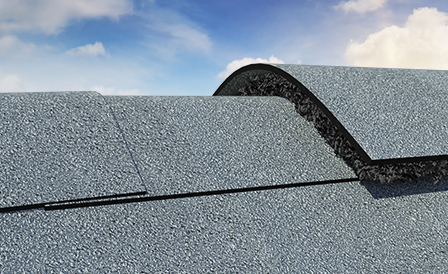
By Andy Swan. Roof Saver.
When you see the ICC-ES ESR # or Miami-Dade County NOA# you’ll be confident that the product meets performance criteria established by a group of professionals including roofers, code inspectors, the insurance industry, and manufacturers.
The most successful roofing sales pros provide a portfolio of beautiful photos showing the top-quality results they know the customer expects. This is the same thought that manufacturers of quality building products use when presenting the results of independent 3rd-party testing of their products. You can expect the product to perform based on rigorous testing designed to prove compliance with the building code.
The package or product itself is labeled with a certification mark such as an ICC-ES ESR # or Miami-Dade County NOA# to signify that the product has been tested and found to comply with national standards by a qualified, independent testing laboratory. The certification mark also tells the user that the product is subject to an ongoing follow-up program to ensure continued compliance during manufacturing.
When you see the ICC-ES ESR # or Miami-Dade County NOA# you’ll be confident that the product meets performance criteria established by a group of professionals including roofers, code inspectors, the insurance industry, and manufacturers. Feedback from these pros is used to continue to improve the test requirements to provide real-world challenges to demonstrate product performance.
In the case of a static ventilation device like an attic ridge vent, the tests include a measurement of the Net Free Area (NFA) provided by the vent. This is a critical piece of information used by the pro on the job to ensure the installation has at least the minimum NFA for the attic.
The Dust Exposure Test involves blowing 15.4 pounds of dust across a roof mockup at speeds varying from 5 to 15 mph over a 2 hour and 20-minute period. The weight of the vent prior to the test is compared to the final weight to identify the amount of dust that builds up on the outside surface of the vent. As you can imagine, a vent that retains a high percentage of the dust is likely to plug and suffer a loss of NFA over time. So, the change in pressure drop through the vent media is measured at various air speeds prior to releasing the dust into the airstream and after all the dust is blown over the roof mockup.
Temperature Cycling demonstrates the effects of 25 cycles where the vent media installed on a roof mockup is placed in a controlled environment and the temperature is adjusted from -40 F to 70 F to 180 F, then back down to 70 F and -40 F. To add a little real-world spice, water is sprayed onto the vent to simulate 6 inches of rainfall per hour while the temperature is between 40 and 60 F. If the vent itself or the fasteners fail to perform, the test results expose the problem in the lab rather than on the roof.
Plastic vents not covered by a roof covering must undergo Weathering Tests to show the effects of exposure to damaging UV energy from the sun. I liken this test to the rookie that shows up without a hat or sunscreen. They’ll learn the hard way that the right preparation allows you to perform in grueling conditions.
Resistance to Wind-driven Rain and Snow is another required test to determine how the vent prevents (or allows) rain and snow penetration into the building. In the Miami-Dade County version, an aircraft propeller blows wind across the roof assembly at speeds up to 110 mph while a downpour simulates 8-inch per hour rainfall. Are we having fun yet? Passing this test demonstrates how the vent performs in High Velocity Hurricane Zone conditions.
The tests detailed above should give you pause the next time you make a choice of products for a project. One reason manufacturers choose to have 3rd party testing performed and that you should look for the certification marks is because you and your customer expect excellence.
Roof Saver is your trusted brand backed by industry certifications, extensive independent testing and a 40-year warranty. You can have the confidence in its performance to use Roof Saver® rolled ridge vent for your customers. Learn more about Roof Saver.
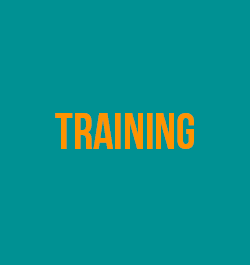
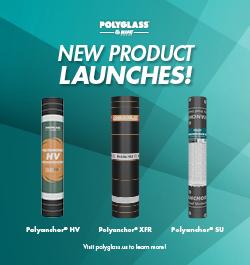
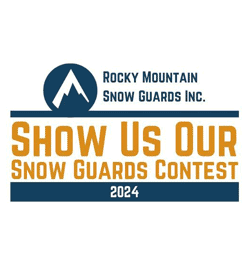





-2.png)






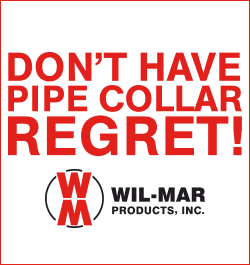
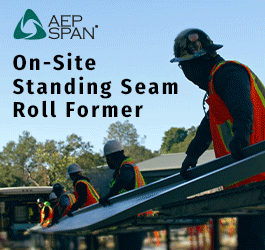
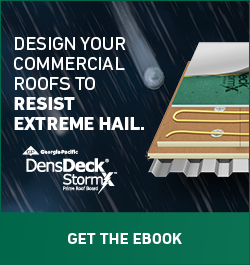
Comments
Leave a Reply
Have an account? Login to leave a comment!
Sign In